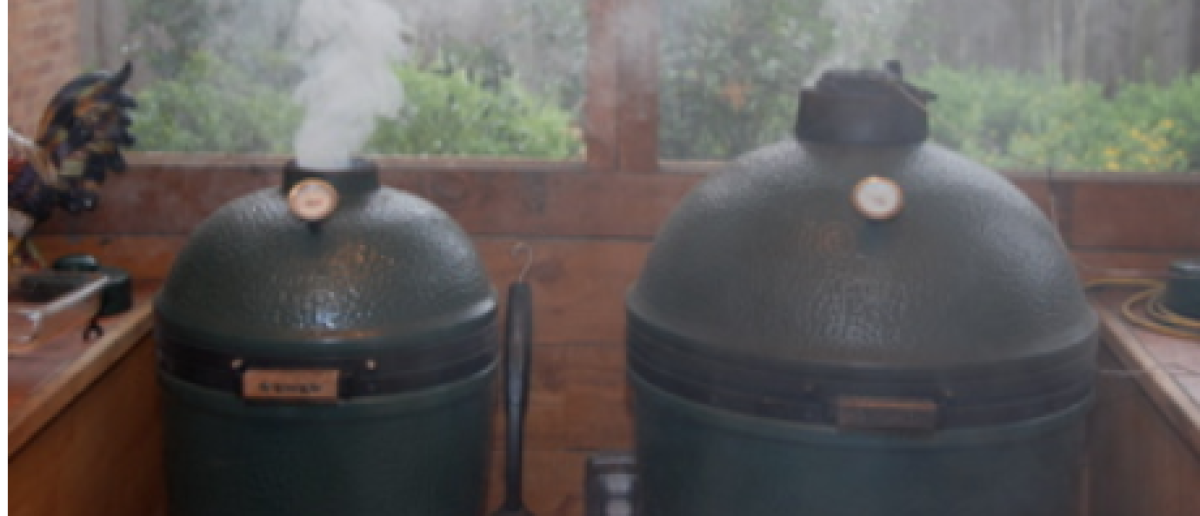I recently acquired some fresh cobia (also known as lemon fish) from my local fish monger (Duggan’s Fish Truck). Having never grilled cobia, I obtained this recipe from the owner, John Lester.
Cobia has a firm, white flesh and since the filets are rather thick it tolerates the direct heat from the grill without drying out.
I got the large BGE to about 350-400* dome temperature with inverted Grill Grates elevated on an adjustable rig, creating a griddle-like surface (to read about or purchase on Amazon, click on the link: Grill Grates ).
I coated the fish on both sides with olive oil, then applied a light coating of Cavender’s Greek Seasoning, followed by a light coating of Tony Chachere’s Creole Seasoning. Then I finished with a layer of Smoked Paprika.

I generously swabbed the Grill Grates with a rag soaked in vegetable oil, then placed the fish on the griddle. I flipped it every 2 minutes until the internal temp registered about 120*.


The total cook time was about 8-9 minutes. I rested it for about 5 minutes before plating with Janeva’s Asian green beans and a green salad with home-grown gold and red cherry tomatoes.

Note: I was a little too generous with the Cavender’s and Tony’s, so the fish came out looking great, but tasting definitely too salty. I strongly recommend being very careful with those 2 seasonings since they both have a good deal of salt.
Enjoy!
Misippi Egger
(Clark Ethridge)
**********
Serves 2
Ingredients:
1# fresh cobia (lemon fish) filet(s), preferably 1.5-2 in thick
Cavender’s All Purpose Greek Seasoning
Tony Chachere’s Creole Seasoning
Olive oil
Smoked paprika (regular is ok)
Instructions:
(1) Prepare grill for an elevated, direct cook at 350-400* dome temp. Use a griddle, inverted Grill Grates, a vegetable grate or even a cast iron skillet.
(2) Coat fish on all sides with olive oil, then lightly sprinkle both sides with the Cavender’s, the Tony’s and the smoked paprika.
(3) Generously swab the cooking surface with a rag or paper towel soaked in vegetable oil before adding the filet(s). Using a spatula, flip the fish after 2 minutes. Continue to flip every 2 minutes to prevent too much char on either side.
(4) Remove from the grill when the internal temp reads about 120*. Total cook time for a filet 1.5-2 inches thick will be about 8 minutes.
(5) Cover and rest about 5 minutes to let the juices redistribute, then serve.














 Done at 120* internal temp. Plated over pan-roasted Brussel sprouts, mushrooms and bacon:
Done at 120* internal temp. Plated over pan-roasted Brussel sprouts, mushrooms and bacon:




